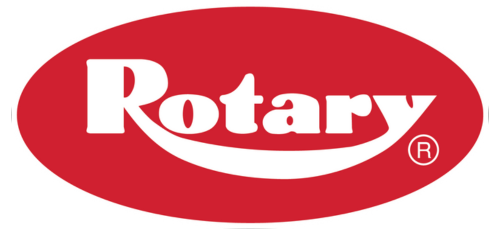 Expanding your service capabilities beyond light-duty trucks can prove to be lucrative, thanks to strong sales that show medium-duty trucks—ranging from 10,001 to 26,000 pounds—are in high demand. The reason: They’re workhorses that allow drivers to transport heavy goods easily and safely, but don’t require a CDL license to operate.
Expanding your service capabilities beyond light-duty trucks can prove to be lucrative, thanks to strong sales that show medium-duty trucks—ranging from 10,001 to 26,000 pounds—are in high demand. The reason: They’re workhorses that allow drivers to transport heavy goods easily and safely, but don’t require a CDL license to operate.
“The number of companies that have drivers with a commercial driver’s license is almost nil,” Doug Acker of Mark Christopher Chevrolet in Ontario, Calif., told Business Fleet.
So while these workhorse trucks are made to adapt to the needs of a variety of businesses, they do need regular—and specialized—service to keep up with the demands placed on them by users. That’s why investing in versatile lifting equipment can help increase your customer base—and your bottom line.
Match Your Heavy Lifting Equipment to Your Customer Needs
Your first consideration when expanding your business to medium-duty trucks isn’t what kind of lift you need, but about your clients and the types of medium-duty trucks they need serviced.
Most medium-duty trucks have a specialized body added to a cab and chassis. To service these medium-duty trucks, you’ll need a lift that can do the job—and can hold the truck weight. The most popular lift choices for these type of trucks are:
- Two-post lifts (15,000 to 18,000 lbs. capacity)
- Four-post lifts (18,000 to 40,000 lbs. capacity)
- Mobile column lifts (13,000 to 18,000 lbs. capacity per column; 52,000 to 72,000 lbs. capacity for sets of four)
What You Need to Know About Mobile Column Lifts
The easiest and most versatile lift to add to a service department is the mobile column lift. Typically sold in sets of four individual, battery-operated columns, these compact and portable lifts are easy for technicians to use. With no power cord to connect and nothing attached to the floor, the lifts can be set up quickly in an available flat bay, or even in an appropriate area outside. The newest models are available with wireless communication—eliminating cords (and potential trip hazards).
Mobile columns are easily moved and stored so they don’t take up valuable bay space when not in use. Adding to their flexibility is the fact that mobile column lifts—often in combination with a set of jack stands—will accommodate the widest range of vehicles. Mobile columns are the only medium duty lifts that can be used to service passenger cars on up to trucks, buses and RVs. It’s no wonder that mobile column lifts are the fastest growing segment of lifts.
Why You Should Invest in Four-Post Lifts
Four-post lifts are better equipped to service vehicles with a long wheelbase.
The drive-on capability of the four-post lifts both gets the vehicle safely onboard and up in the air quickly and efficiently, making them well suited for quick service operations such as inspections, oil changes and lube jobs.
Because of space requirements, four-post lifts make the most sense if you have a dedicated bay available, or if you are expanding your existing facility or building a new one. Four-post lifts have a footprint of roughly 13’ in width and up to 32’ in length. Extra space may also be required to maneuver bigger trucks on and off the lift.
What You Need to Know About Two-Post Lifts
If you’re already familiar with older two-post lifts, you’ll find that newer versions look and operate much the same. However, they’re about a foot and a half wider to accommodate larger vehicles. Recent innovations in technology have made some two-post lifts faster to load and lift/lower to help technicians be more efficient and productive. If service area height is limited, low-ceiling models are available. Two-post lifts are an asset if you are doing a lot of heavy repair or time-intensive service work because they provide technicians with excellent under-vehicle access.
Final Considerations on Lifts
While some manufacturers make lifts, most don’t. If you’re satisfied with the quality and service of your lift supplier (manufacturer and installer), check with them first when researching new lift options. It makes sense to work with people you already know and trust—and who understand your service business objectives,—if they can also meet your ongoing lift needs.
Before investing in new equipment—especially in response to OEM vehicle changes or launches—make sure it has been approved by the vehicle manufacturer.
Many OEMs recommend or even mandate specific lifts dealers should install. In some cases, the OEM has worked with a lift manufacturer during the vehicle design process to determine how to best pick up the vehicle, especially in situations where the lifting points are difficult to reach.
Finally, make sure the lifts purchased are tested and certified to meet ANSI/ALI ALCTV-2006 safety and performance standards. For proof of compliance, look for the gold “ALI Certified/Validated by ETL” label.
{{cta(‘e04f27bf-1e59-4cca-b32c-6b0879736d6a’,’justifycenter’)}}
This content has been updated to reflect current standards. It was originally published on August 5, 2014.
